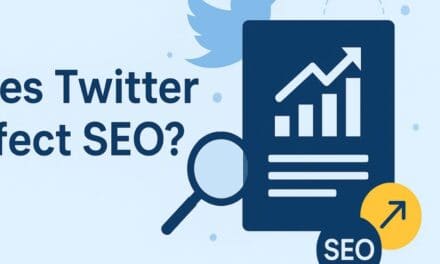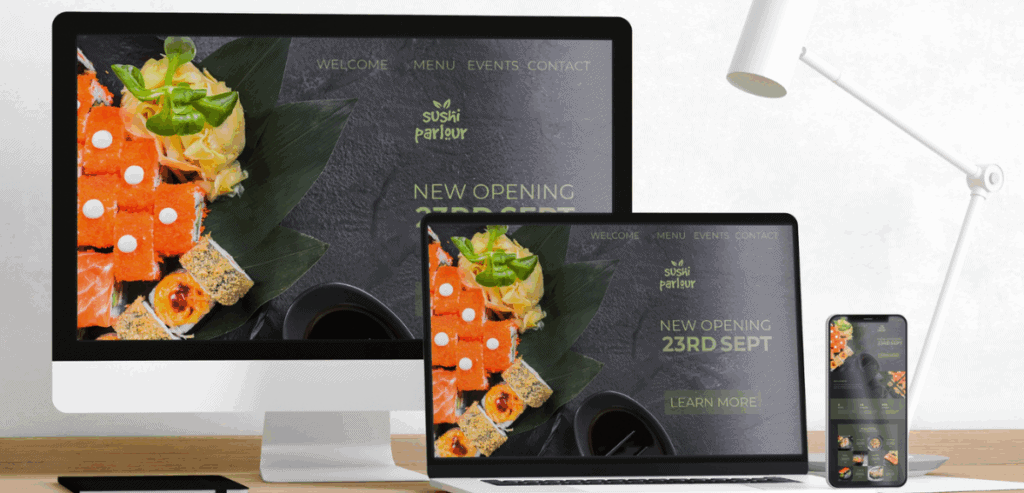Visual search Optimization is transforming the search industry by enabling users to search using images instead of text, providing a quicker and more instinctive method to find useful content. This new approach caters to users’ desire for fast and mobile-optimal search options by allowing them to point their camera at an item for instant information. Visual search tools such as Google Lens and Pinterest Lens utilize AI to recognize objects, recommend comparable items, and offer shopping opportunities based on pictures.
Google Lens is a leader in this space, capable of recognizing various objects, from landmarks and plants to everyday products. Integrated with Google Photos and Google Assistant, it enhances user accessibility and convenience, ideal for those seeking quick, accurate answers. Pinterest Lens, meanwhile, specializes in lifestyle categories such as fashion and home decor, offering inspiration and product discovery for those interested in similar themes and styles.
As visual search tools gain traction, optimizing for this search mode is becoming essential for digital marketing and SEO strategies. By focusing on image optimization—high-quality visuals, relevant metadata, and meaningful alt text—brands can increase their visibility and engagement. Visual search optimization offers businesses a unique edge, helping to drive traffic, elevate user experience, and strengthen their content strategy in the evolving SEO landscape.
Understanding Visual Search: How It Works and Why It Matters
Visual search technology is changing how users engage with search engines by enabling them to search with images instead of words. This procedure uses AI and machine learning algorithms to examine visual aspects in an image—like color, shape, texture, and context—and then match them with a database of indexed images to offer the most pertinent outcomes. For instance, Google Lens can recognize items such as plants, buildings, or products from images, whereas Pinterest Lens specializes in identifying similar fashion, home décor, and lifestyle styles, contributing to the popularity of visual search in e-commerce.
For SEO, visual search opens up new avenues in image optimization and visual content strategy. As visual search becomes more common, images that are well-optimized with descriptive alt text, accurate file names, and proper schema markup are more likely to be indexed accurately and appear in relevant searches. High-quality, original images also play a crucial role since search engines favor unique visuals that align with the context provided by captions and surrounding text.
The growing use of visual search has a substantial impact on user behavior and SEO strategies. Users can quickly discover products, learn more about specific items, or even shop directly, which emphasizes the importance of a robust visual content strategy. For businesses, adapting to visual search SEO means more than just improving visibility; it’s about creating a seamless, engaging experience that meets users’ immediate needs.

Key Benefits of Visual Search for SEO
Visual search provides great benefits for SEO by improving user experience, increasing organic visibility, and aiding accessibility. Visual search tools like Google Lens and Pinterest Lens allow users to search using images instead of keywords, which enhances the search experience by providing quicker and more intuitive results. This ease of use has changed the way individuals engage with online content, especially on mobile devices, where visual search features make it easier to locate products, landmarks, or details about specific objects.
One of the primary benefits of visual search SEO is its ability to improve user experience. By allowing users to snap a picture and instantly receive relevant information or shopping options, visual search reduces search time and increases engagement. This quick, image-based approach aligns with the preference for instant results, especially in e-commerce, where users can go from seeing a product to finding a purchase option in seconds.
For businesses, optimized images mean better organic visibility. When images are enhanced with clear alt text, accurate file names, and structured data, they become easier for search engines to index and retrieve during visual searches. As a result, companies that prioritize image optimization see increased exposure and engagement, supporting a comprehensive visual content strategy.
Finally, visual search can boost accessibility by providing alternative ways for users to find information visually, benefitting individuals who may prefer or need visual over text-based searches. This added layer of accessibility creates a more inclusive, customer-centric experience and enhances the journey from discovery to action, reinforcing brand engagement and loyalty.
Optimizing Content for Visual Search
Optimizing for visual search requires attention to image quality, metadata, structured data, and mobile responsiveness, all of which are crucial elements in visual search SEO. High-quality images are essential for engagement, and selecting the right format is key. JPEG is often ideal for photos, while WebP offers high compression without quality loss, making it a strong choice for both speed and appearance. Image compression is equally important, as large images can slow down load times; tools like TinyPNG and Smush can help reduce file size while preserving visual appeal.
Adding descriptive, keyword-rich alt text and file names provides necessary context for search engines, enhancing the likelihood of images appearing in visual search results. Effective alt text should be specific and describe the image’s contents, which aids both search engines and screen readers, boosting accessibility. Structured data, like schema.org’s “ImageObject,” can further enrich your images’ visibility. By marking images with structured data, you give search engines more information, helping images to appear in rich search features like carousels or snippets.
Having image sitemaps is crucial for indexing, particularly if your website contains numerous images or utilizes dynamic content. Incorporating image URLs into your sitemap aids search engines in effectively finding and organizing images. Moreover, it is crucial to optimize for mobile devices as visual searches mostly happen on them. Responsive images that can adjust their size according to different devices are essential for providing a continuous user experience, increasing user interaction, and supporting a cohesive visual content plan. These techniques combined create a holistic strategy for optimizing images, increasing their accessibility and effectiveness in improving search visibility.
Leveraging AI and Machine Learning for Visual Search Success
Visual search SEO relies heavily on artificial intelligence and machine learning for its success. These advancements enable search engines to accurately examine and comprehend images, recognizing small details like colors, shapes, and textures similar to the way a human eye does. This skill improves search precision, allowing platforms such as Google Lens and Pinterest Lens to promptly find matches for user-submitted images with appropriate products or information, a vital aspect for e-commerce and visual content planning.
Machine learning algorithms improve search relevancy by continuously learning from user interactions and adjusting search outcomes based on patterns and feedback. Through neural networks and computer vision, AI systems identify and categorize visual elements with impressive precision, which increases the chances of displaying relevant results. This process is particularly valuable in e-commerce, where visual search can streamline the path from search to purchase, allowing users to upload an image and instantly find similar products for sale.
AI also plays a role in optimizing images for SEO by automating tasks like smart cropping, enhancing image quality, and generating metadata. Real-time image tagging and categorization make images more searchable, aligning with visual content strategy goals to boost visibility and engagement. As AI and machine learning continue to advance, their role in visual search will only expand, offering users more tailored and intuitive search experiences, while helping businesses enhance discoverability and customer satisfaction in this evolving SEO landscape.

Future Trends in Visual Search and SEO
The future of visual search SEO is poised for growth, with advancements in artificial intelligence and machine learning driving innovation in search technology. One key trend is the increasing accuracy of visual search tools. Through advanced AI, visual search engines are becoming more adept at recognizing detailed elements like colors, shapes, and textures within images. This improvement not only boosts search accuracy but also makes it easier for users to find products and information with a quick image upload, especially in e-commerce contexts.
As visual search tools advance, they will probably become more connected with platforms other than traditional search engines, like social media websites and online shopping platforms. For instance, Pinterest Lens and Google Lens have demonstrated how visual search can link users to pertinent products and concepts instantly. Brands can get ready for this change by improving their visual content strategy, concentrating on top-notch image optimization, thorough alt text, and structured data. This guarantees their images are searchable and displayed effectively on various devices and platforms.
Furthermore, the growth of AI-driven tools like Google’s Search Generative Experience, which creates tailored, AI-generated responses to search queries, highlights the shift toward more personalized search experiences. For brands, staying competitive will require embracing a comprehensive visual content strategy that aligns with these technological advancements. By preparing their content and images to meet these evolving standards, businesses can increase their visibility and engagement in the increasingly visual landscape of search.
Conclusion
Visual search optimization is an effective SEO strategy that boosts user experience, increases search visibility, and aids in accessibility. Begin by prioritizing the quality of images, providing thorough alt text descriptions, and organizing data effectively. Adopt this change in search behavior in order to remain competitive, enhance engagement, and get ready for the visual aspects of SEO.












